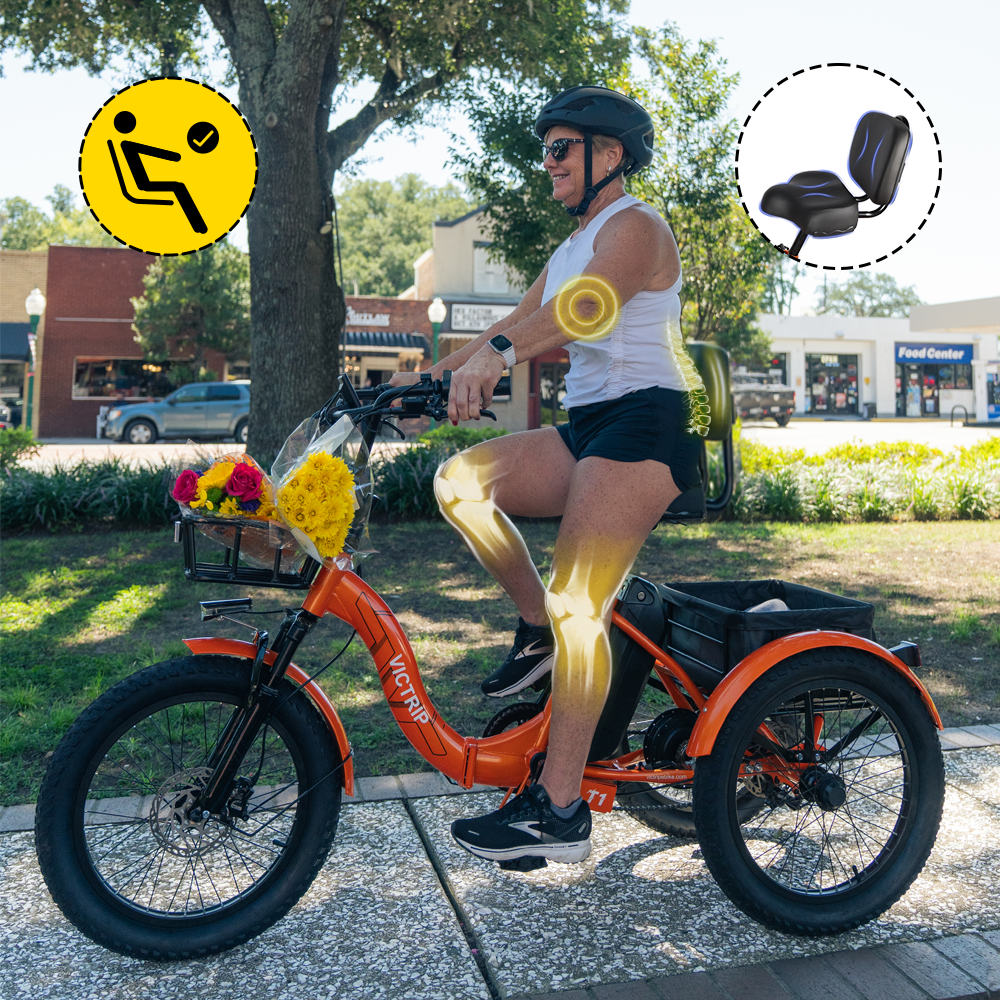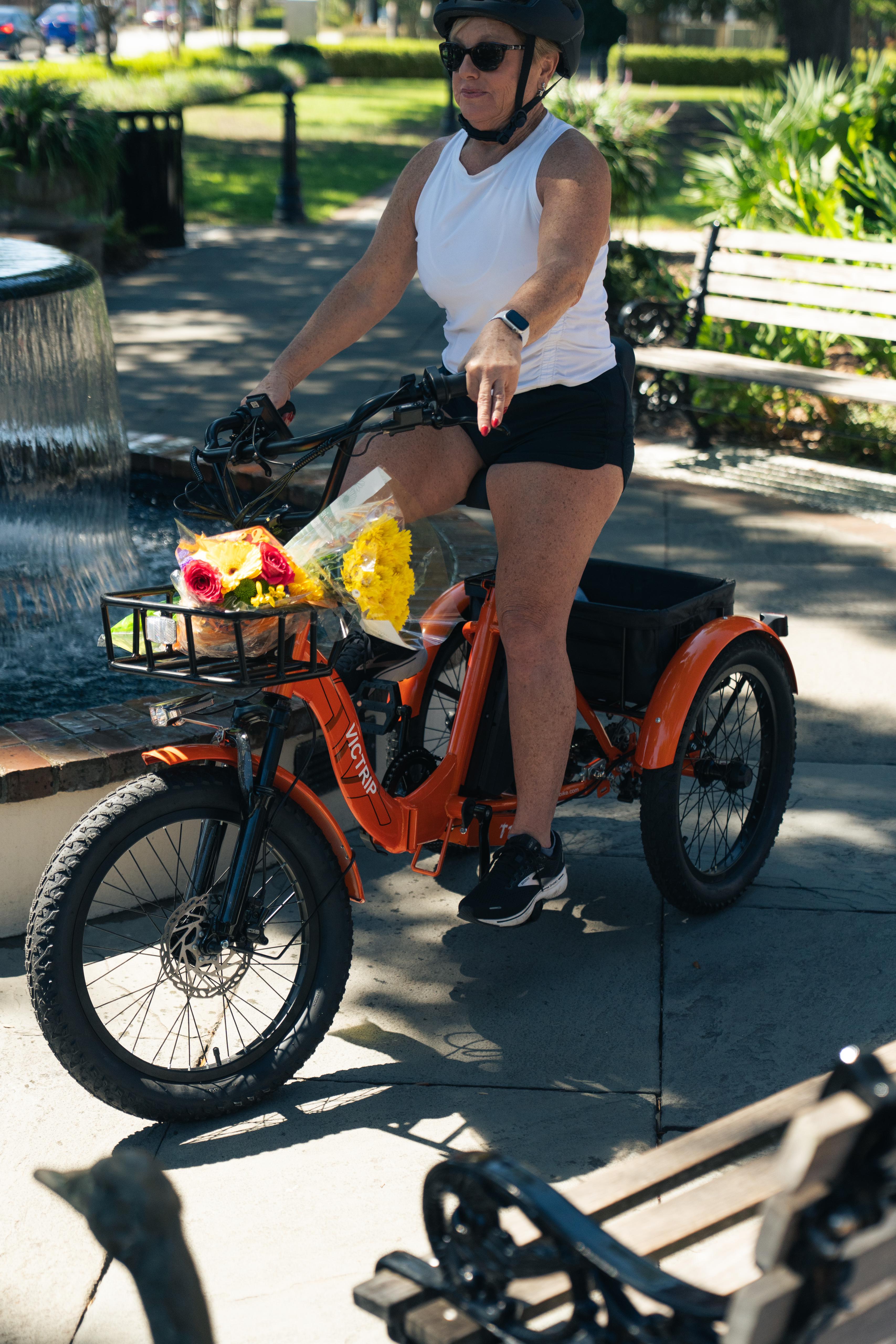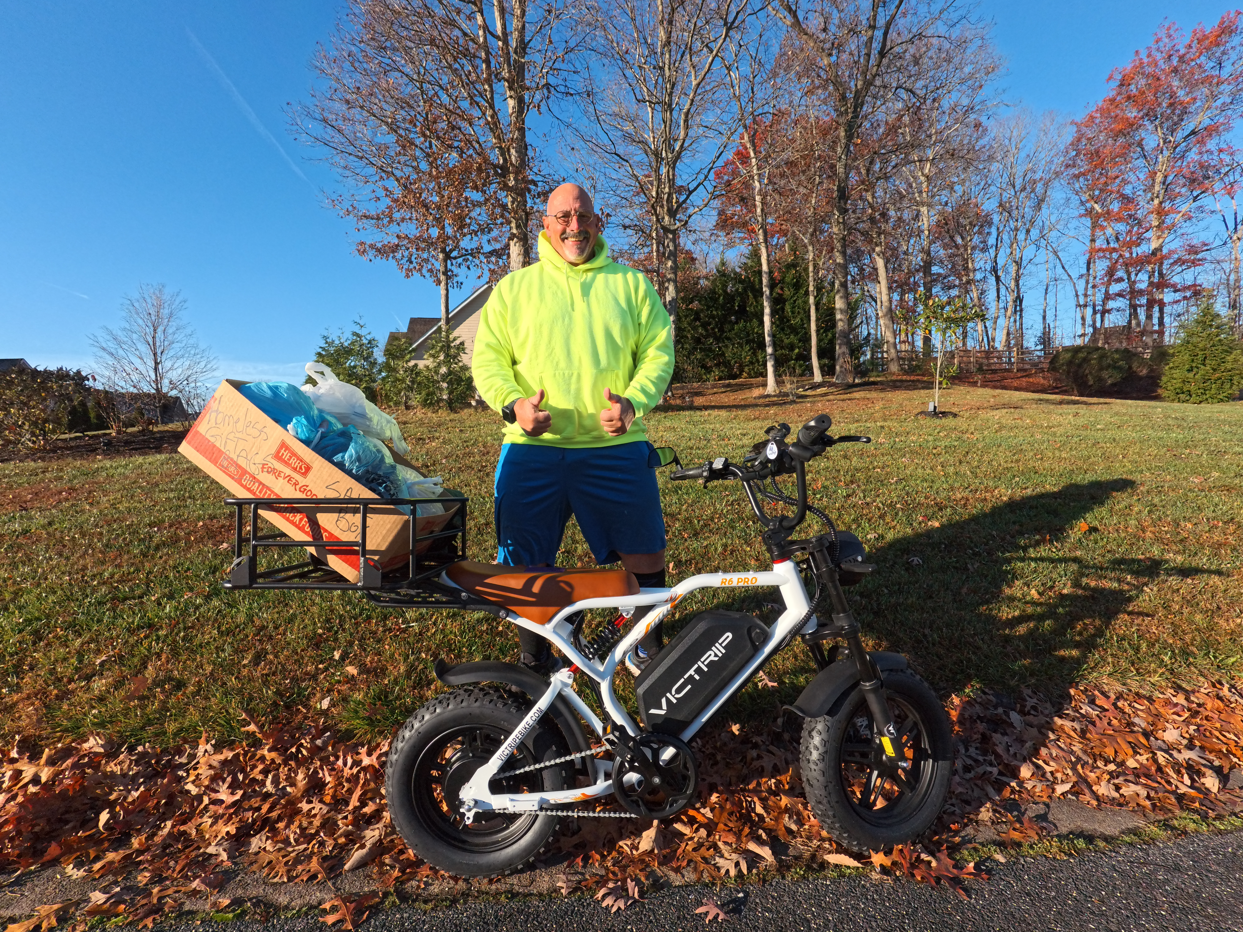
Why Understanding eBike Laws Matters
Imagine cruising through your city on your foldable electric bike—wind in your hair, skipping traffic jams—only to be stopped by police for violating a rule you didn’t even know existed. Sound scary? It happens more often than you think.
Knowing the rules means freedom without the fines. Foldable eBikes are super convenient, but each state treats them a bit differently when it comes to laws. Let’s break it down.
The Rise of Foldable eBikes in Urban America
Foldable eBikes are exploding in popularity, especially in dense cities. They’re compact, portable, and eco-friendly—perfect for students, commuters, and even delivery workers. But this surge in usage has caught the attention of lawmakers. And that’s where things get tricky.
eBike Classifications Explained
Class 1, Class 2, Class 3 – What’s the Difference?
Most U.S. states categorize electric bikes into three classes:
-
Class 1: Pedal-assist only, max speed 20 mph.
-
Class 2: Throttle-powered, max speed 20 mph.
-
Class 3: Pedal-assist only, max speed 28 mph (helmet often required).
Do Foldable eBikes Fall Under the Same Classes?
Yes! Foldable eBikes aren’t exempt from classification. If it has a throttle, it’s likely a Class 2. If it goes over 20 mph, it might jump into Class 3 territory. Always check your bike’s specs.
Federal eBike Laws in the U.S.
Consumer Product Safety Commission (CPSC) Guidelines
At the federal level, eBikes are considered consumer products—regulated like bikes, not motor vehicles—as long as they:
-
Have pedals
-
Don’t exceed 20 mph under motor power alone
-
Use electric motors ≤ 750 watts
How Federal Law Defines eBikes
If your foldable eBike meets the above, it’s considered a bicycle—not a moped or scooter. That means no federal license or registration. But states? That’s a different story.
State-by-State Breakdown of Foldable eBike Regulations
California
-
Class system adopted
-
Helmets required for Class 3 and under age 18
-
Sidewalk riding restricted
New York
-
Legalized all eBike classes recently
-
Class 2 and 3 permitted in NYC with some restrictions
-
Helmets required for delivery riders
Florida
-
No license/registration
-
Treated same as traditional bicycles
-
Helmet required under age 16
Texas
-
Class-based rules
-
No helmet requirement unless under 18
-
Sidewalk laws vary by city
Illinois
-
Class system recognized
-
Class 3: 16+ age limit, helmet required
-
Registering not required
Washington
-
Bike lanes open for Class 1 & 2
-
Class 3 restricted from trails unless local law allows
-
Helmet laws vary by county
Colorado
-
Class system used
-
No registration
-
Statewide helmet law not enforced, but encouraged
Oregon
-
Only Class 1 & 2 allowed on bike paths
-
Class 3 not allowed on trails or sidewalks
-
Minimum age: 16 for Class 3
Pennsylvania
-
eBikes must be under 100 pounds
-
Power: ≤ 750W
-
Max speed: 20 mph
Georgia
-
Mirrors federal definitions
-
Class 3 riders must be 15+
-
Helmets required for under-16 riders
Common Rules Across Many States
Helmet Laws
Many states require helmets for:
-
Riders under 16
-
Class 3 eBike users
-
Commercial/delivery riders
Age Restrictions
Most states set minimum ages:
-
Class 1 & 2: 14–16+
-
Class 3: Often 16+
Licensing and Registration
Good news: Most foldable eBikes don’t require DMV registration unless you’re in states treating them like mopeds. But always double-check.
Where You Can Ride
You can usually ride on:
-
Roads
-
Bike lanes
-
Multi-use paths
Sidewalks? That depends—some states or cities ban eBikes on sidewalks altogether.

Are Foldable eBikes Treated Differently Than Standard eBikes?
Portability vs Power
Foldable eBikes aren’t judged by their folding ability—they’re judged by their motor and speed. But their lightweight design often makes them more acceptable on trains and in buildings.
Weight and Design Differences
Some models sneak under eBike definitions due to their small size. That might affect enforcement if a police officer misidentifies your ride. Carry specs to be safe.
Urban Transportation Policies
Cities like NYC and Chicago love foldable eBikes for their portability—but also restrict them on subways unless folded. Always fold it up when indoors or on transit.
Safety and Insurance Considerations
Do You Need Insurance for a Foldable eBike?
Not legally in most places. But optional insurance (theft, damage, liability) is highly recommended, especially for pricier models.
Liability Concerns in Case of Accidents
If you hit someone or cause a crash, you could be held liable—even without a motor vehicle license. Always ride smart and follow rules.
Legal Tips for Traveling Between States
Avoiding Tickets and Fines
Heading to another state? Know their laws:
-
Speed limits
-
Trail access
-
Age limits
Some states even ticket for using throttles on Class 1-only trails.
Must-Have Documents and Gear
Always carry:
-
Photo ID
-
Manufacturer’s classification label (often on the frame)
-
Reflectors, front and rear lights
Impact of Foldable eBike Laws on Commuters and Tourists
City Rentals and Tour Rules
Many cities now rent foldable eBikes. But:
-
Read the rental contract
-
Helmets often required
-
Riding zones may be geo-fenced
Storage on Public Transit
Most public transit systems allow folded eBikes during non-peak hours. Some require bikes to be bagged. Check your local system’s bike policy.
How to Stay Updated with Changing eBike Laws
State DMV & DOT Resources
Bookmark your state’s Department of Motor Vehicles or Department of Transportation websites—they post updates.
Advocacy Groups and Apps
Apps like RideSpot, TrailLink, and PeopleForBikes keep you informed of new laws and safe paths.
Conclusion
Foldable electric bikes offer unmatched convenience, eco-friendly commuting, and portability. But each state has its quirks when it comes to legal riding. Understanding local laws helps you stay safe, avoid penalties, and enjoy the ride. Whether you're commuting daily or exploring new trails, staying informed is your best travel companion.
FAQs
Can I ride my foldable eBike on sidewalks?
It depends on the state or even the city. In most cases, sidewalk riding is discouraged or outright banned for eBikes.
Do foldable eBikes need license plates?
Nope! As long as your eBike meets federal guidelines (pedals, ≤750W, ≤20 mph), you’re good to go without one in most states.
Are foldable eBikes allowed on buses or trains?
Yes, but only when folded. Some systems require bike bags, and access may be limited during rush hours.
What should I carry to prove my eBike is legal?
Bring your ID, and keep a picture or copy of the eBike’s classification label, motor wattage, and speed limit on your phone.
How fast can my foldable eBike legally go?
In most states, 20 mph for Class 1 and 2, 28 mph for Class 3 (pedal-assist only). Anything faster may be considered a moped or illegal.




Share:
Foldable Electric Bike vs Regular eBike: Which One Is Right for You?
Foldable Electric Bikes for Delivery Riders: A Smart Choice